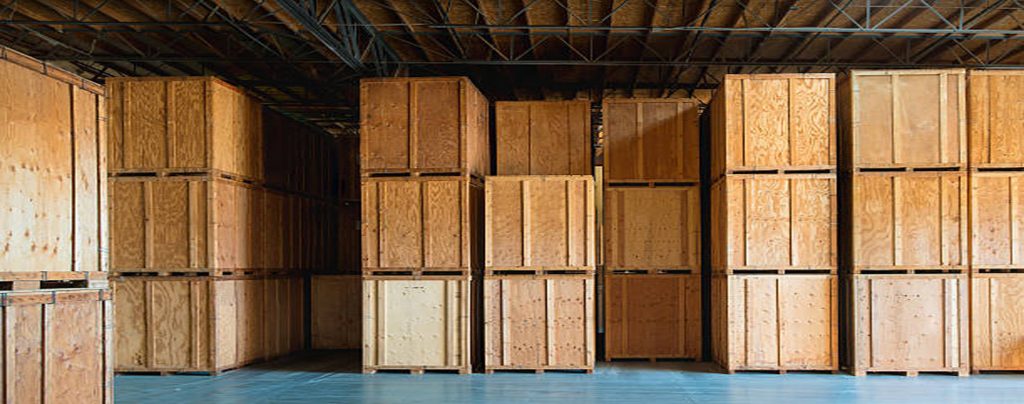Insight
Cabinet-Grade Plywood: The Gold Standard for Elevating Kitchen and Interior Cabinet Quality – A Supplier’s Perspective
In the competitive world of furniture manufacturing, the choice of core material dictates the cabinet’s longevity, aesthetic quality, and ultimately, its value. While various materials exist, Cabinet-Grade Plywood remains the undisputed gold standard for professional builders and high-end manufacturers.
This article delves into the technical and commercial advantages that make Plywood for Cabinets a strategic choice for superior quality and cost-efficiency.

I. Unmatched Structural Integrity: The Cross-Laminated Advantage
The fundamental strength of Plywood in Cabinet Production stems from its cross-laminated structure—thin wood veneers bonded together with adjacent layers oriented at 90-degree angles.
- Dimensional Stability: Unlike solid wood, which expands and contracts significantly along the grain, Cabinet-Grade Plywood resists warping, shrinking, and cracking. This is crucial for maintaining the precise fit of doors and drawers over years of use, especially in moisture-prone areas like kitchens and bathrooms.
- Superior Screw Holding: The alternating grain structure provides exceptional bite for screws, resisting pull-out more effectively than MDF (Medium-Density Fiberboard) or particleboard. This strength is vital for securing heavy cabinet hardware like hinges and drawer slides.
- Weight Bearing Capacity: Plywood for Cabinets offers a higher strength-to-weight ratio, allowing shelves and bases to support heavy loads (e.g., stacks of dishes, books, or pantry items) without sagging or failing over time.
II. Resilience to Environmental Challenges
Cabinets, particularly those in residential and commercial environments, face constant exposure to humidity, moisture, and temperature fluctuations.
| Feature | Benefit in Cabinetry |
| Moisture Resistance | Using high-quality Plywood for Cabinets with WBP (Weather and Boil Proof) glue lines minimizes swelling and delamination when exposed to kitchen spills or high humidity. |
| Veneer Versatility | The flat, smooth surface is an ideal substrate for lamination, veneer pressing, or painting, allowing manufacturers flexibility in design and finish. |
| Longevity | Cabinet-Grade Plywood is naturally resistant to impact damage and penetration, ensuring that the cabinet shell remains sound for decades, providing a long-term investment for the end-user. |
III. Optimized Manufacturing & Finishing
From a production standpoint, Plywood for Cabinets translates into efficiency and reduced waste:
- Excellent Machinability: Plywood cuts cleanly with minimal chipping or splintering, ensuring precise dimensions required for CNC machining and automated production lines.
- Edge Banding Performance: The layered edge of Cabinet-Grade Plywood provides a strong surface for durable edge banding adhesion, a requirement for high-traffic cabinet edges.
- Grade Differentiation: Suppliers like Unigo can provide multiple grades (e.g., AB, BB, CC) and core species (e.g., Birch, Poplar, Tropical Hardwood) to meet specific project budgets and aesthetic demands, without compromising on fundamental structural integrity.
IV. Conclusion: Choosing Quality Plywood for Enduring Value
For manufacturers committed to quality, choosing premium Plywood for Cabinets over cheaper alternatives is a non-negotiable decision. It guarantees structural soundness, superior resilience against environmental factors, and an easier, more reliable manufacturing process. When sourcing your core material, look for suppliers who emphasize stable veneers and quality bonding agents—the foundational elements that transform raw material into durable, high-value cabinetry.









